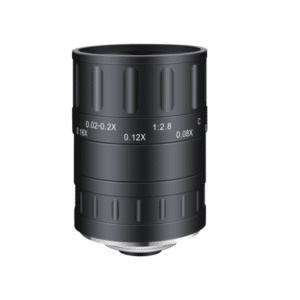The Benefits & Challenges of Using UV Lenses

The Benefits & Challenges of Using UV Lenses
The ultraviolet (UV) region is the part of the electromagnetic spectrum that has wavelengths between 10 nm and 400 nm. Its wavelengths are shorter than visible light but longer than X rays.
UV lenses have traditionally been used primarily in optical research by scientific institutions. Many molecules contain chromophores that absorb certain wavelengths of ultraviolet light. This has resulted in a rapid increase of UV lenses being used for industrial and commercial purposes. UV lenses are used in many areas, including pharmaceuticals, cosmetics, life sciences, petrochemicals and forensic analysis. They can also be used for determining if a document or artwork is forged.
Sadly, many optical materials that are transparent for visible light can become highly absorbent in the ultraviolet spectrum. It is because the photon’s energy is comparable to that of the band gap. A single photon can then be used to excite a carrier to move from the valence to conduction bands.
UV lenses are also more scattering-prone due to their shorter wavelengths. To minimise these effects, UV lenses must be manufactured with tight tolerances, and with a high level of surface quality (l/10 p/v or higher).
Many optical materials show a much stronger chromatic scattering in the UV than they do in the visible and infrared. This is a particular problem when lenses are used to focus broadband ultraviolet light. It is important to use achromatic ultraviolet lenses in such situations.
The analytical waveband of your target application will determine the best UV optical material. The wavelength at which absorption starts will be the same for most materials. How far into UV this cut-off extends depends on the type of material and its purity.
CaF2, a highly purified calcium fluoride, is used for UV lenses. It is popular for UV lenses because it has a very low absorption of UV light, high homogeneity and low birefringence. It also has a relatively high hardness compared to other fluoride material, high physical stability and a high threshold for optical damage. Calcium Fluoride is suitable for use in argon-fluoride (ArF), excimer lasers. It can be used as low as 160 nm. CaF2 however is anisotropic and naturally brittle. Other purified fluorides, such as Magnesium fluoride and Lithium fluoride can also be used at a wavelength of 110 nm.
Fused Silica is also known as Suprasil Spectrosil or Lithosil. It is the most popular of all the UV-grade transmissive materials. The material is popular because it is cheap to produce, is made of sand and has excellent thermal dimensional stability. Standard-grade fused-silica is not suitable for applications below 260nm. UV-grade silica, however, has a good performance at 200nm.
Related Posts
UV Lenses To Drive The Future
How useful was this post? Click on a star to rate it! Submit Rating As you found this post useful......
How The Semiconductor Business Is Using Ultraviolet Lenses
How useful was this post? Click on a star to rate it! Submit Rating As you found this post useful......




